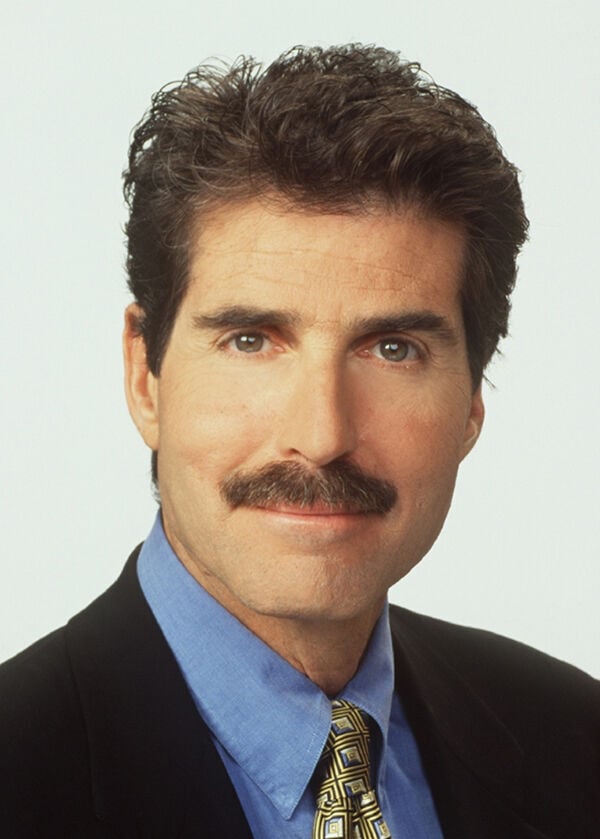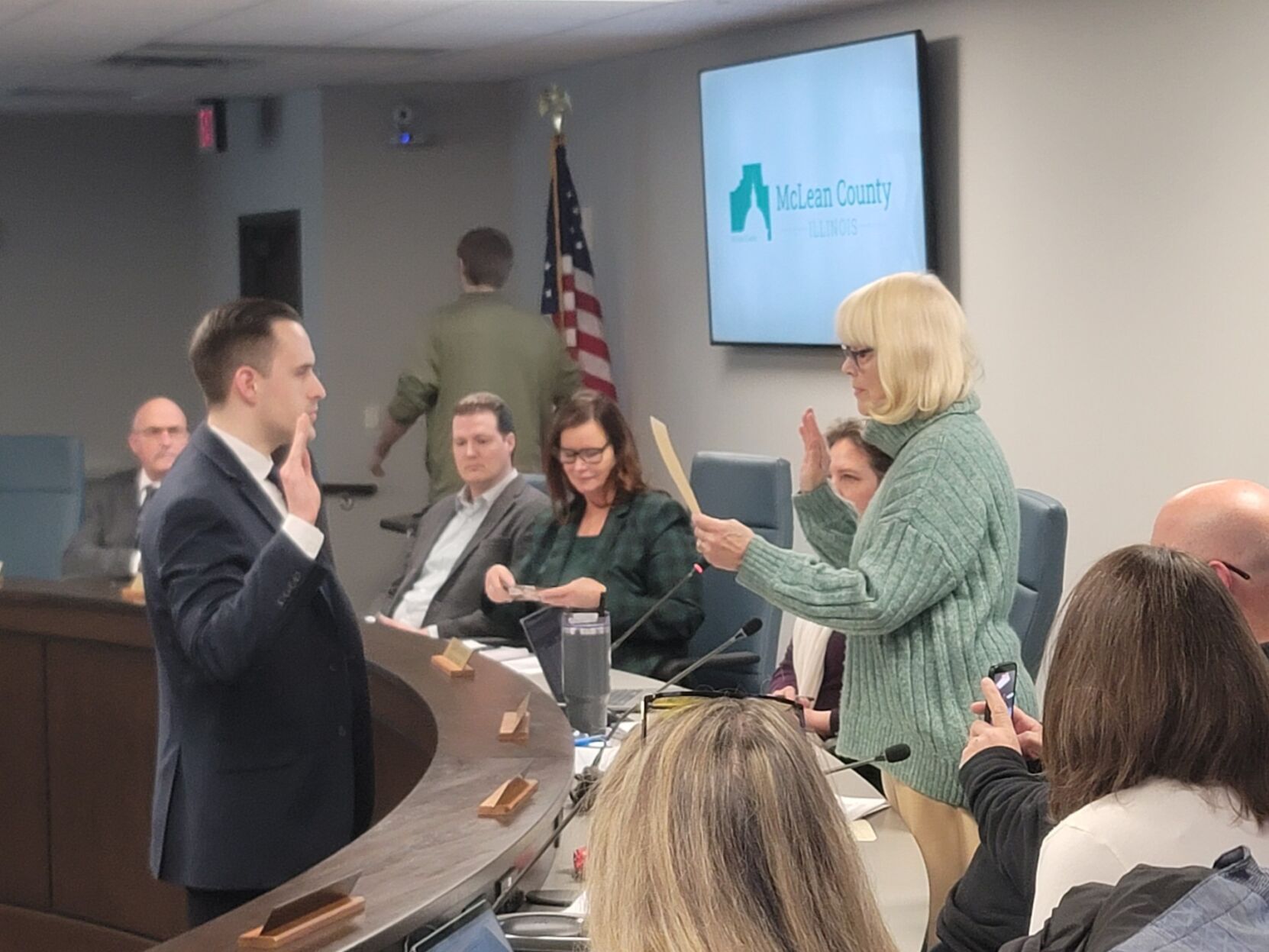A growing conflict between the Centers for Disease Control and Prevention and state governments threatens to split the nation’s vaccination practices. This shift could unravel the long-standing unity around immunization and spark a restructuring of how recommendations are shaped across the country.
The U.S. is headed toward two very different vaccination realities
Key Takeaways:
- Turmoil at the CDC is prompting states to assert more control.
- National consensus on vaccination may be fragmenting.
- States’ autonomous decisions could reshape existing vaccine guidelines.
- Growing divergence might lead to vastly different immunization practices.
- These changes raise questions about future U.S. public health guidance.
Introduction
News of unrest at the Centers for Disease Control and Prevention (CDC) has ignited conversations about how vaccines are handled nationwide. While the CDC traditionally sets the pace for immunization guidelines, a wave of state-level interventions signals a significant shift in who ultimately decides when and how vaccines are administered.
The CDC’s Shifting Role
Historically viewed as the leading authority on vaccination recommendations, the CDC now faces internal challenges that have caught the attention of state governments. This “turmoil,” as described in the original report, has eroded confidence in a once nationally recognized standard and opened the door for states to take more definitive control.
States’ Assertion of Authority
Some states have begun shaping their own vaccination policies, citing the need to respond more quickly and effectively to local concerns. This move underscores a critical change: the idea that health policy is no longer centralized. By establishing their own guidelines, states may set precedents that differ sharply from federal recommendations.
Threat to a Unified Consensus
Historically, a national consensus simplified decisions for policymakers, health care providers, and the public. Now, with more states forging independent paths, that once-solid unity could become fragmented. Officials worry that the result could be “two very different vaccination realities,” leaving Americans with unequal access and sometimes conflicting advice.
Potential Reorganization of Recommendations
As the federal and state governments navigate these changes, many anticipate a broader “reorganization of the way vaccination recommendations work.” The shift may require new frameworks for collaboration—or, in some cases, could formalize the differences in vaccine protocols across the country. If state autonomy continues to grow in this realm, the CDC’s role may be permanently altered.
Conclusion
At the root of these developing policies is the question of authority: Who decides the best course for vaccinations when federal guidelines clash with local preferences? As the CDC grapples with its own internal challenges and states assume more control, Americans could witness a profound transformation in how they receive and perceive vaccine recommendations.











